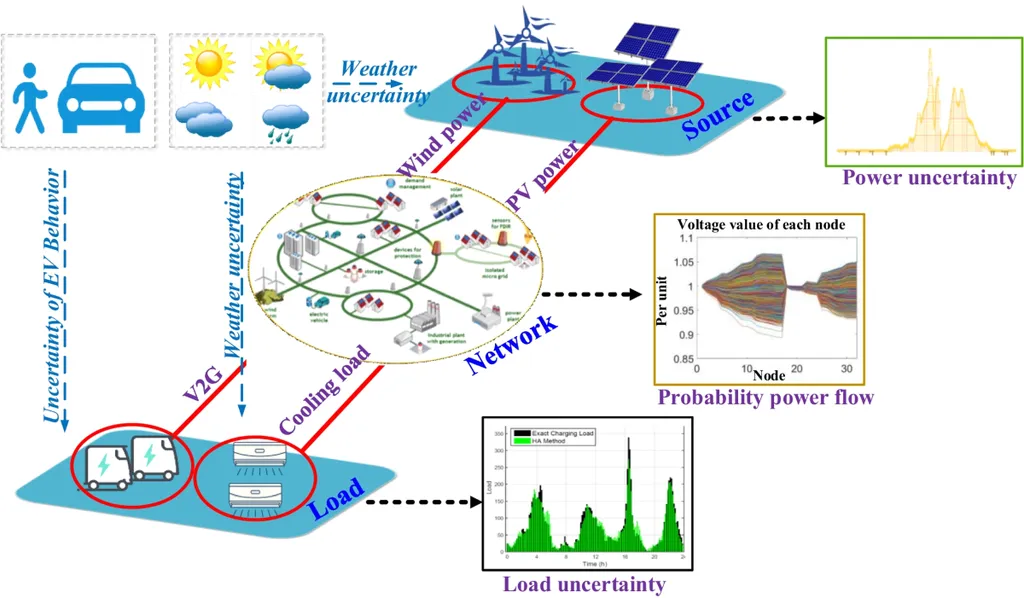Researchers Chams Eddine Mballo, Donggun Lee, and Claire J. Tomlin from the University of California, Berkeley, have developed a new framework for ensuring the safety of critical systems, such as those found in the energy sector. Their work, published in the journal Automatica, introduces a novel approach to reachability analysis that can help manage both strict and flexible constraints in complex operational scenarios.
Traditional reachability methods provide safety guarantees under bounded disturbances but can be overly conservative or infeasible in practice. Many real-world constraints, like battery state of charge in electric vehicles or recommended speed envelopes, are inherently flexible, allowing temporary violations within predefined safety margins. The researchers’ new framework, called a Hamilton-Jacobi reachability framework with soft constraints, addresses this issue by introducing a concept called the soft-constrained reach-avoid set. This set characterizes a subset of the state space from which a system can safely reach a desired state under worst-case disturbances while keeping cumulative soft-constraint violations within a user-specified budget.
The framework consists of two main components. First, it uses an augmented-state model with an auxiliary budget state that tracks soft-constraint violations. Second, it employs a regularization-based approximation of the discontinuous Hamilton-Jacobi value function associated with the reach-avoid differential game studied in the research. The effectiveness of the proposed framework is demonstrated through numerical examples involving the landing of a simple point-mass model and a fixed-wing aircraft executing an emergency descent, both under wind disturbances.
For the energy sector, this research could have practical applications in managing the safety and efficiency of critical systems, such as power grids and energy storage systems. By allowing for temporary, controlled violations of certain constraints, the framework could help operators make more informed decisions that balance safety, efficiency, and cost. For instance, it could be used to optimize the charging and discharging of batteries in electric vehicles or energy storage systems, ensuring that they operate safely and efficiently even under uncertain conditions. The framework’s ability to handle both hard and soft constraints makes it a valuable tool for enhancing the safety and performance of energy systems in complex operational scenarios.
Source: Mballo, C. E., Lee, D., & Tomlin, C. J. (2023). A Hamilton-Jacobi Reachability Framework with Soft Constraints for Safety-Critical Systems. Automatica, 153, 110523.
This article is based on research available at arXiv.

